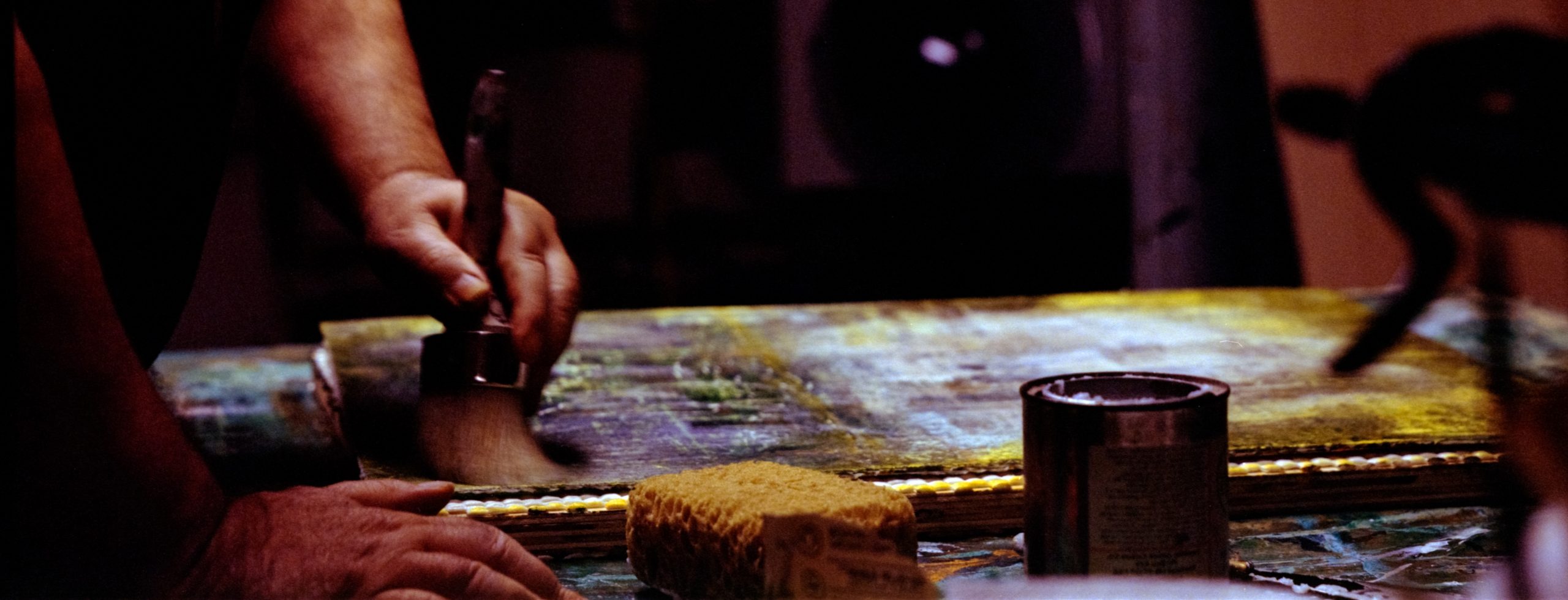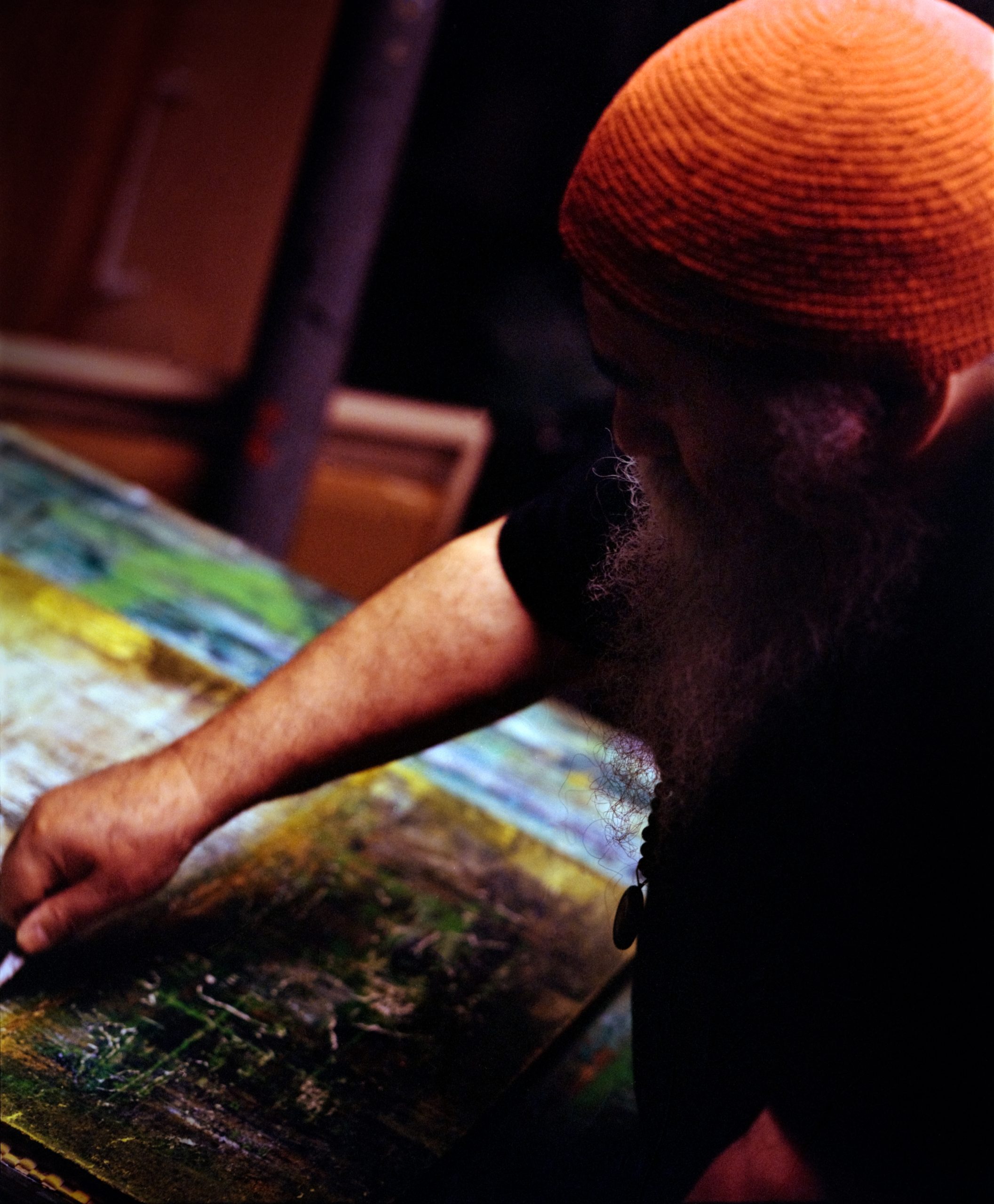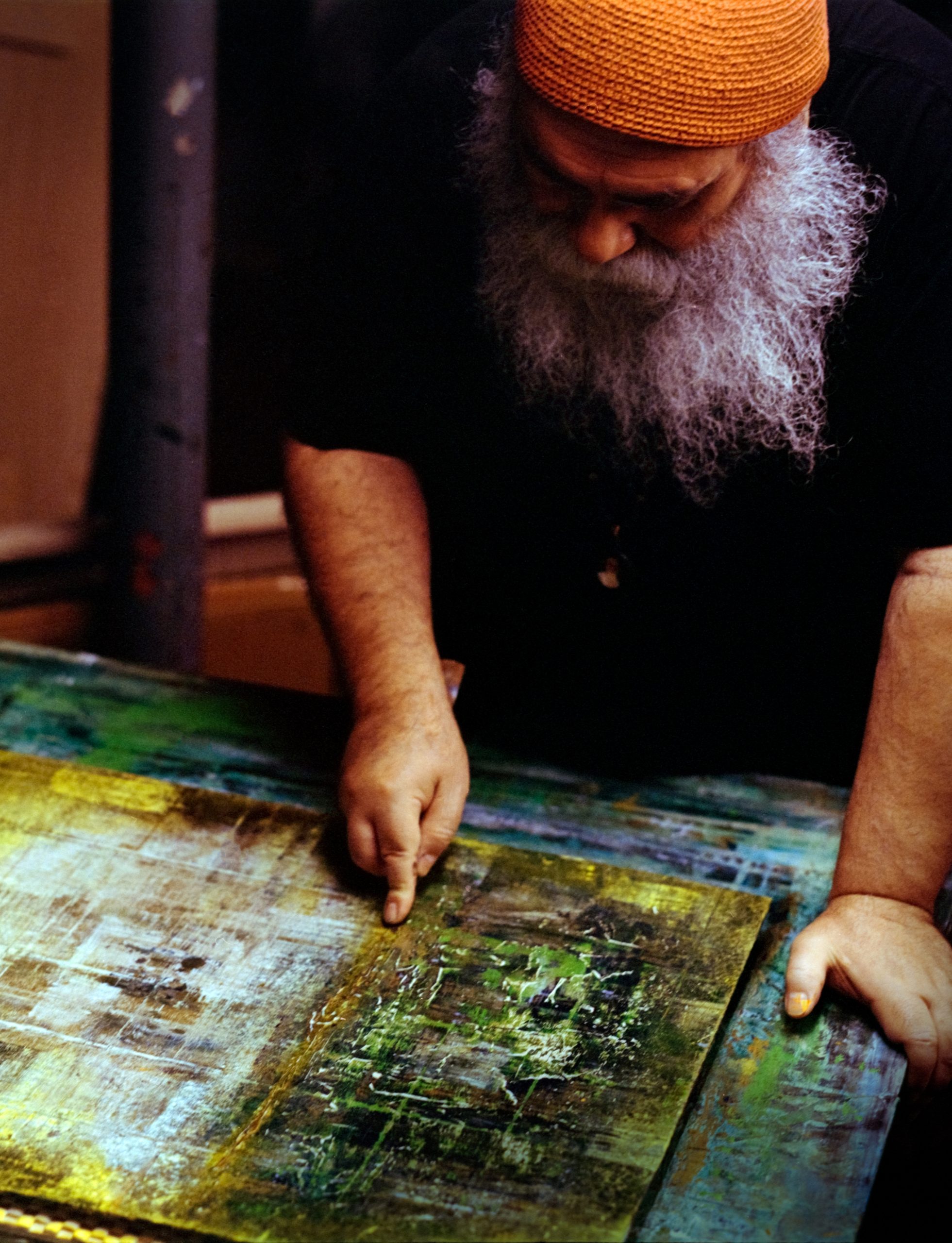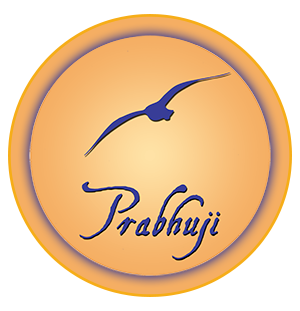Creativity and art
By Prabhuji
In yin and yang, we find coincidence, that is to say, black is not totally black just as white is not totally white. This theory of opposites is related to the matter of creativity and symbolic art. Creativity and art play a fundamental role in Jung’s psychology. By generating symbols from his imagination, the human being approaches the self. The genesis of symbols paves the path to the essence of being. The epistemic attitude is based on the creative act; from this it follows that art emerges as a vehicle to understand the essence. To know is to create and, therefore, art is a way of knowing the self. Both Heidegger and Jung give art a special value: the former with oratory or poetry, and the latter with visual representation or painting. The two realized that art, in its symbolic nature, surpasses mere conceptualization in the search for the understanding of the essence.
By painting, an act of creation is established, since the action of painting is in itself foundational. By undertaking the pictorial act, one gives rise to an unprecedented and unrepeatable entity. The intrinsic process of painting can be equated to the act of erecting the primordial foundations of a structure or to that of conceiving an idea from its nascent non-existence. Thus, each intervention on the canvas is but a testimony of the generation of a fully unprecedented and authentic entity. However, this manifestation is not governed by whims or subjectivities; it is, in fact, a luminary revelation of the sacred, providing us with representations of realities that would otherwise remain inaccessible. Precisely for this reason Jung maintains that true knowledge of the self is obtained by means of this imaginative faculty.
In that creative imagination, the dichotomies that make up our psyche are amalgamated, allowing to access the “self”: the coherent, integrated, and uncracked “I”. Creativity is considered as the portal that leads to the “self” because art acts as the crucible where the reflective and the unreflective, the deliberate and the spontaneous converge. The work of art is the medium in which the rational and the irrational, the intellectual and the instinctive are synthesized. And this imaginative faculty, which Jung exalts, has its foundations in transcendental thought, specifically in the transcendental imagination articulated by Kant.
The relevance of art and creativity lies in the fact that the symbol, or that which reveals to us the quintessence of reality, invoking Heidegger’s notion of “self”, emerges from the constitutive faculty of the human through art.






